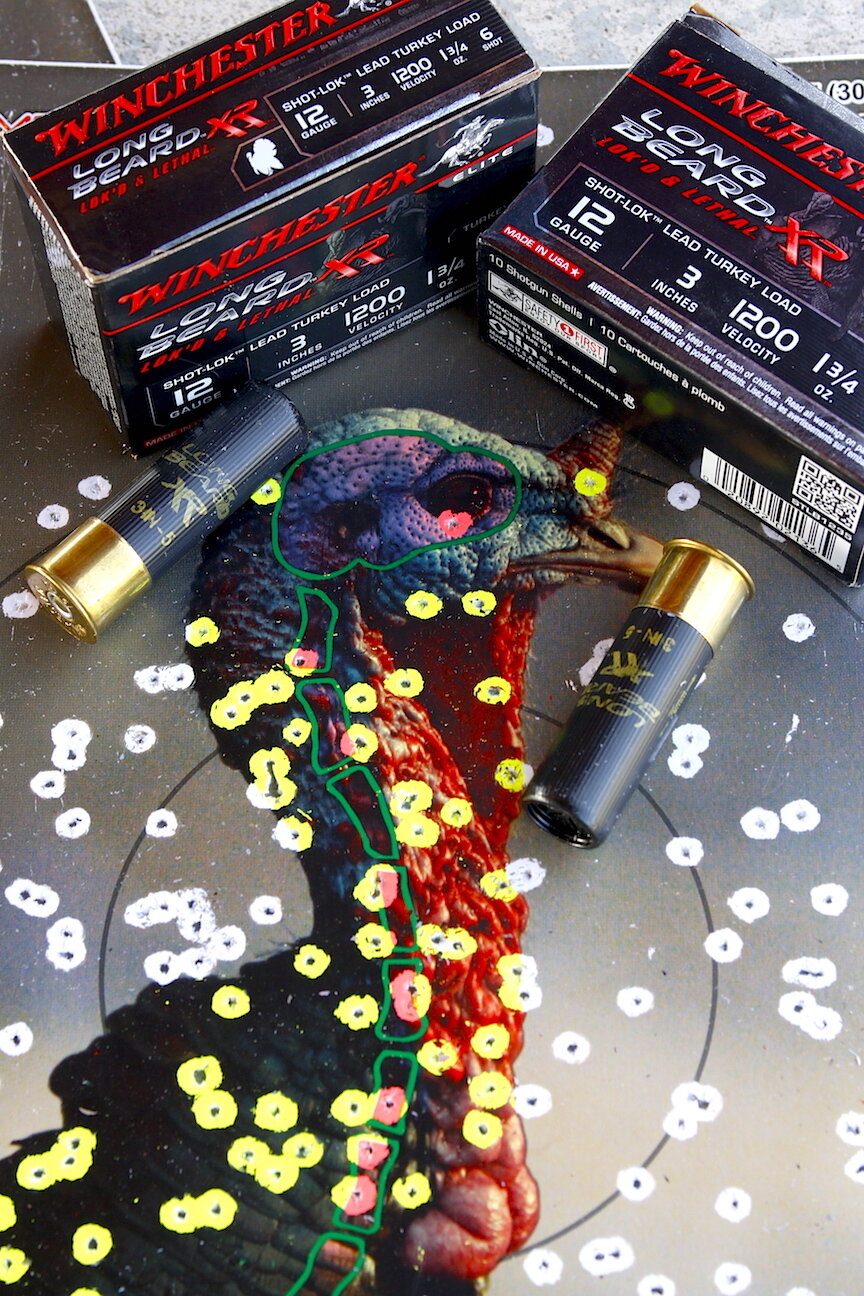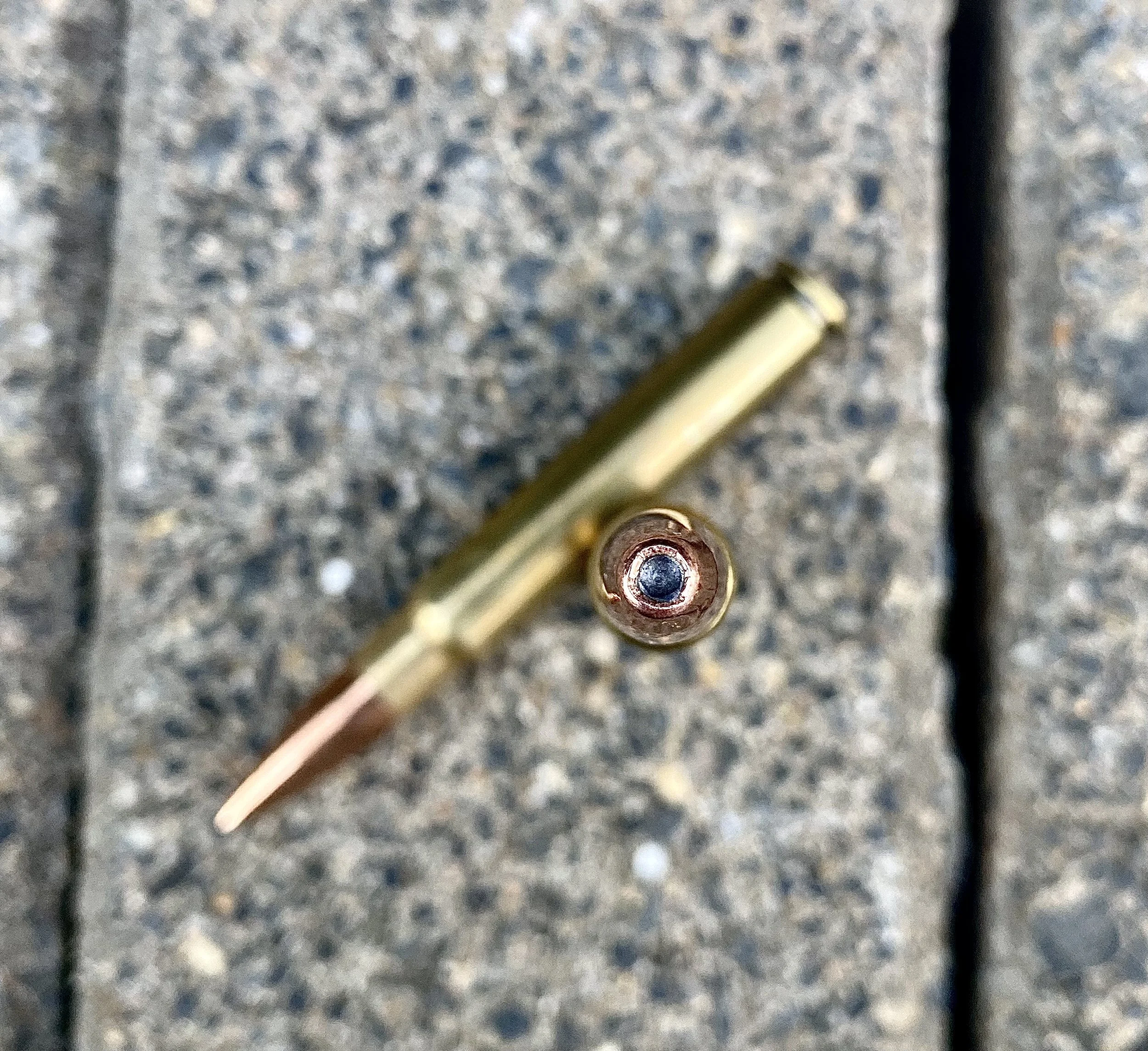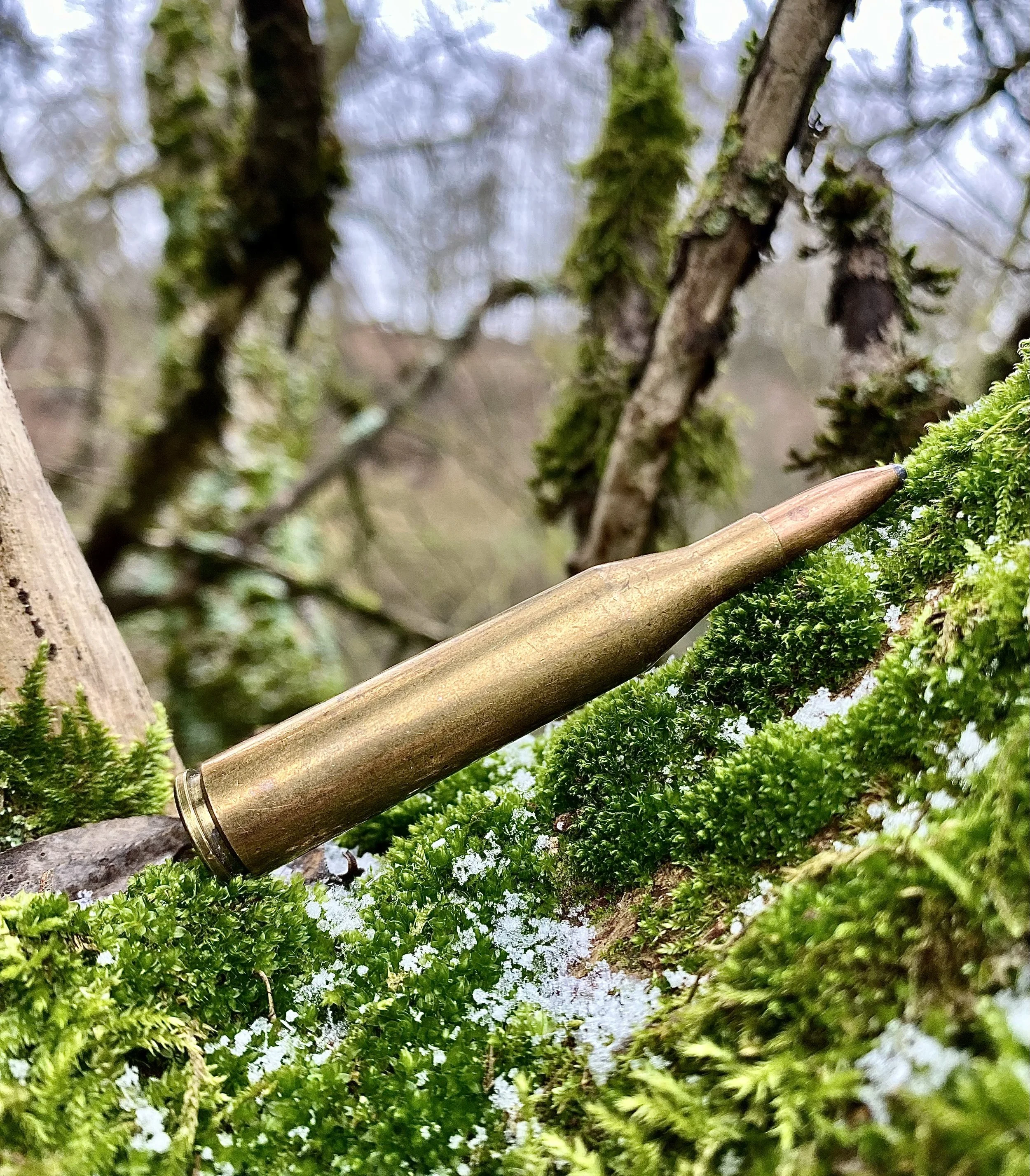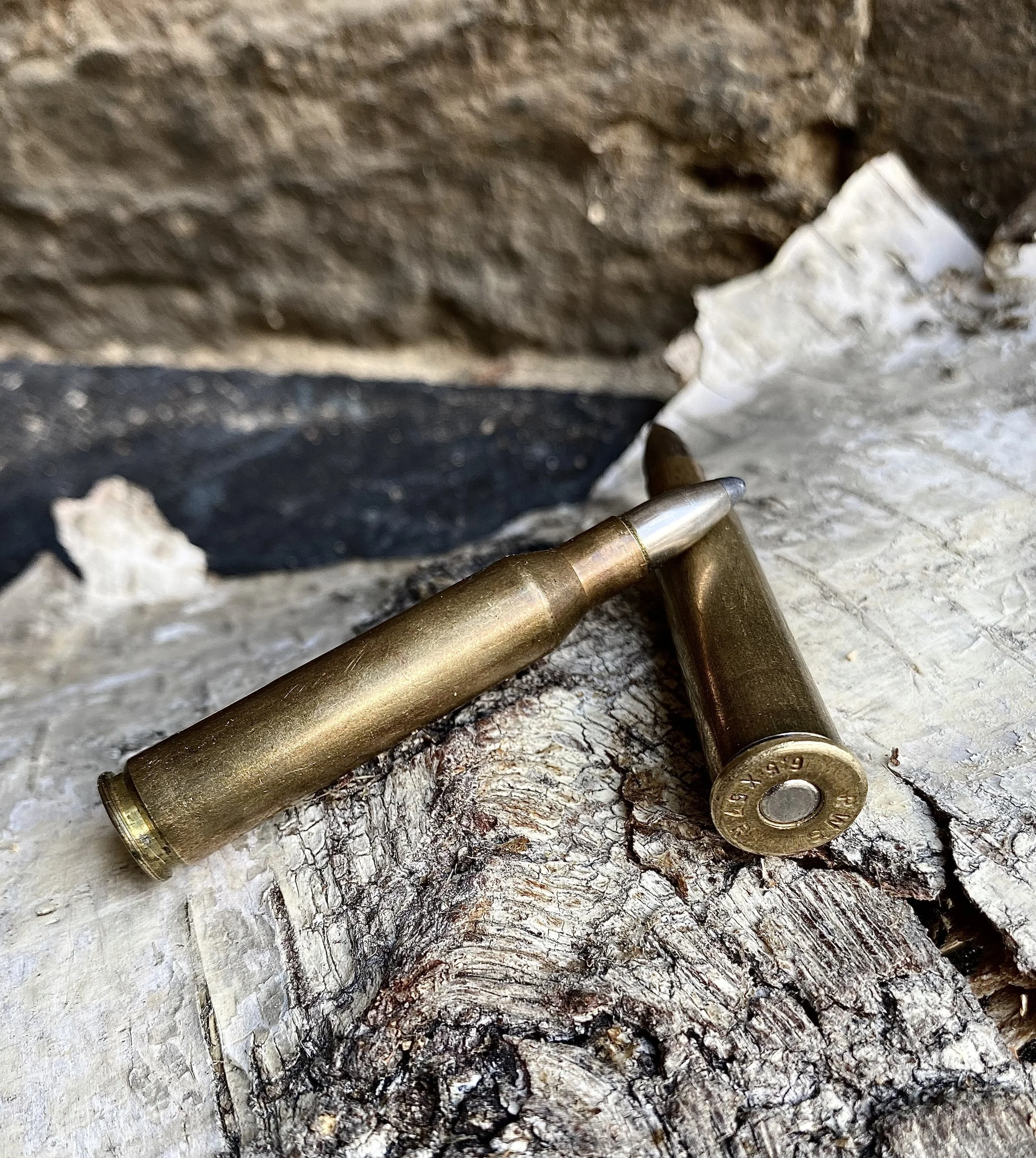Mossberg 930 and Winchester Long Beard Go Long
The silly bird we spend all that time and money pursuing.
Over the decades hunters have gotten this idea that they need a 3-inch, if not 3.5-inch, 12 gauge magnum and a double handful of shot to terminate a tom turkey.
I contend you can take that turkey with ANY shotgun and load — you just have to get within effective range of that gun/ammo combo.
Range. That’s what all this magnum gun and shell philosophy is about. We want to be able to anchor reluctant gobblers that hang up away out there. And these days we can do it. My recent patterning exercise with a Mossberg 930 Waterfowl gun and Winchester’s Long Beard shells proved that.
A Hastings .660" choke tube and Winchester's Long Beard #5-shot 3-inch shells helped my old Mossberg Waterfowl M930 shoot like a champ.
Forty years ago we hunted turkeys with full choke shotguns and pheasant or waterfowl loads. Anyone smart enough to pattern his gun/load against a paper target discovered that 40 yards, maybe 45 yards, was about as far as a pattern would maintain sufficient pellet density to reliably strike the head and neck of a tom.
Then manufacturers got to work. They tightened chokes. They lengthened forcing cones and over-bored barrels. They tried harder lead shot, copper coated it, nickel coated it, buffered it with little spheres of plastic, cuddled it in ever thicker, protective plastic shot wads…
Pretty soon we were anchoring turkeys at 50 yards. And now 60 yards is becoming ho-hum. Some shooters are claiming consistently deadly patterns at 70 yards. That’s crazy.
It’s been a few years — heck, ten years — since I patterned any new turkey loads. Winchester’s Long Beard set two world records at the NWTF Still Target Competition in 2014, so I thought I’d better try it.
With today's 3-inch 12 gauges, extra-tight choke tubes and super-charged shells, front sights alone are not enough for accurate aiming.
I screwed an old Hastings .660” constriction choke tube on the end of my waterfowling 12 gauge, a Mossberg 930, stepped 40 yards from a lifesized turkey target, slammed home a black, 3-inch Long Beard #5-shot shell and let fly. Demolition derby. Three things happened. 1. I rediscovered why I don’t like shooting 3-inch shells filled with 1 3/4-ounces of shot at paper. 2. Said paper was peppered by too many holes to count. 3. I’d aimed too low.
So… I backed off to 50 yards and let fly again. If I hadn’t flinched hard right, I’d have hammered that target. So I backed off to 70 yards and handed the gun to my gullible friend Tom Claycomb, not to be confused with tom turkey. “Here Tom, see what you can do.” I think he enjoyed the recoil, but he held a bit low. Coupled with the natural drop at 70 yards (about 12 inches for #5 shot!) the center of his pattern was well below the head/neck.
If I hadn't flinched right at 50 yards... Maybe this explains some of those misses over the years?
We moved up to 60 yards and, after a bit of fiddling with the hold (we were using just the front fiber optic sight,) Tom centered a load of #5s on the target’s head and nearly obliterated it. I manned up and tried another with similar results.
We still caught this target with the upper edge of the pattern, but at 60 yards, it was devastating.
We learned several things from this exercise:
Today’s latest hot-rod turkey loads, or at least Winchester’s Long Beard, pack a punch and deliver a lot of shot on a small target at ridiculous ranges.
Shot drops a lot after 50 yards.
You need more than a front sight post or bead in order to shoot precisely with loads, guns and chokes engineered to pattern this tightly. A scope or reflex sight would be appropriate.
1 3/4-ounce payloads driven 1,200 fps put a bit of kick into a 7.75-pound gun, which explains in large part why most modern turkey guns are autoloaders. Mossberg’s M930 additionally tames kick with muzzle porting.
It’s time to go turkey hunting!
# # #
















